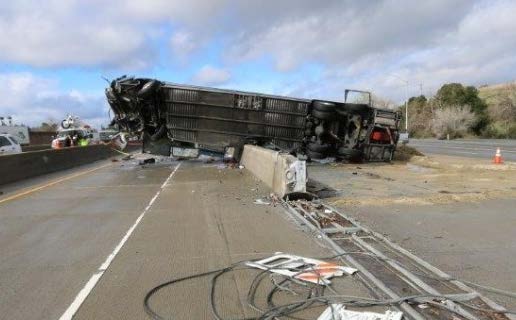ddkilzer
Member
I still don't understand how the car entered inside the gore lane.
@cbdream99 noted that they could make their AP2 Tesla (in the Dallas/Forth Worth area) enter a gore area from the left side by putting on a turn signal to trigger auto lane change. Autopilot apparently ignored the cross-hatching paint and the closer solid white line on the left side of the gore area:
Today on the way home, I repeated couple of scenarios. In both cases I am on the right most lane travelling west (i..e slow lane), there is grass but no concrete shoulder
1. On long stretch of solid lane marker on the rhs, AP2 on, auto lane change never crosses the lane.
2. Here, every exit has a gap of solid markings but after the gaps, there is a V gore area with cross markings and the exit post is at the end.
So, right after the highway gap, when the car nose just passed the tip of the V gore area. I flipped the right turn signal, the car will turn into the gore area. It seems to me the AP decided to follow the right most curved lane of the V area as it's safe to do so but ignored the cross markings the the left most V lane markers.
I tried these cases on several exits and is repeatable, not sure it is the same scenario with the accident but I will definitely pay attention when I use auto lane change.
This is one of them
Google Maps
View attachment 291448
I am traveling south / west bound. If you move to east a little, starting from Preston, there are few exit similar to this one . I tried several of them and it tried to turn




